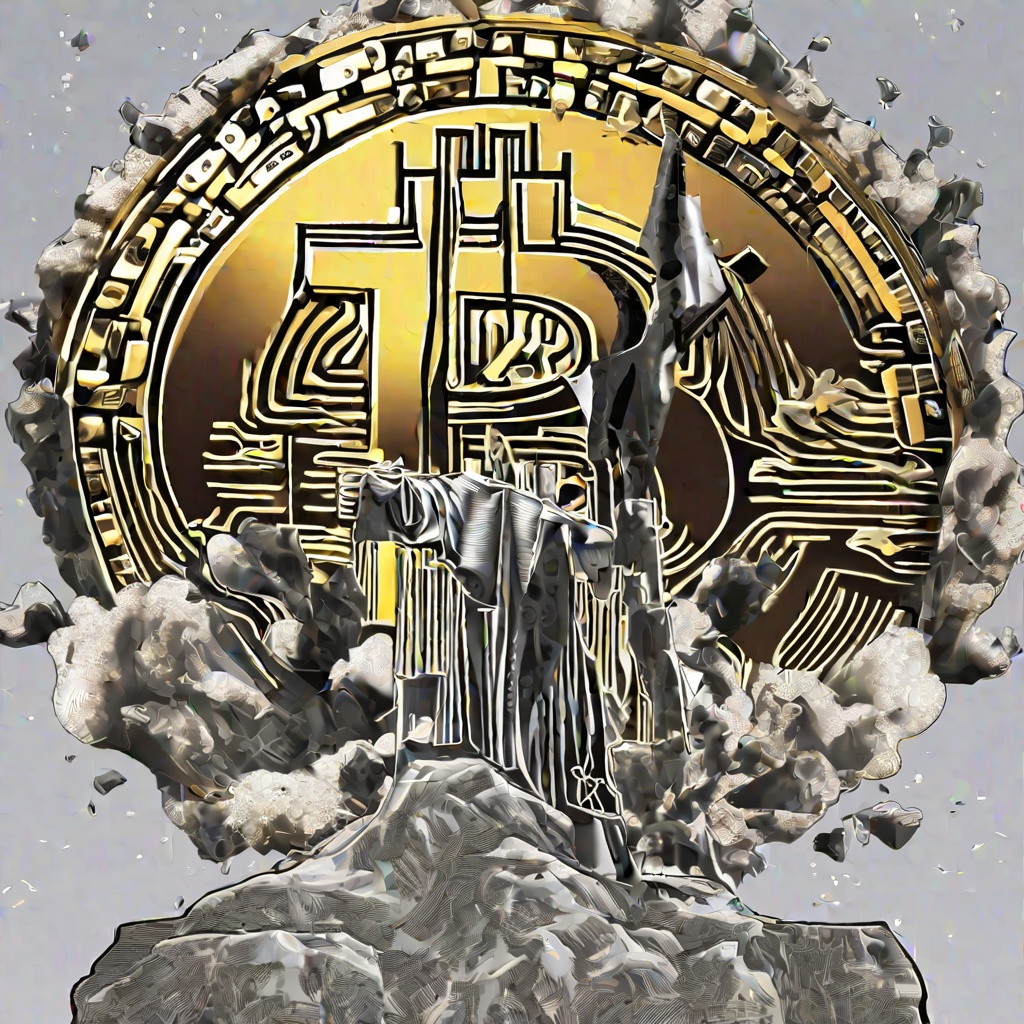What is difference between MRTG and PRTG?
Could you please elaborate on the key differences between MRTG and PRTG? I'm particularly interested in understanding how they differ in terms of their functionality, purpose, and any specific use cases they might be suited for. Additionally, if there are any notable advantages or disadvantages of each, I would appreciate your insights on that as well. Thank you for your time and expertise in this matter.

What is the difference between Nakamoto Consensus and BFT?
Could you please clarify the fundamental differences between Nakamoto Consensus and Byzantine Fault Tolerance (BFT) for me? Specifically, how do they approach consensus in a decentralized network, and what are the key advantages and disadvantages of each mechanism? Additionally, in what scenarios might one be more suitable than the other?

What is the difference between BTM and FTM?
Could you please elaborate on the key differences between BTM and FTM? Are they both cryptocurrencies, and if so, how do they differ in terms of their underlying technology, use cases, and market positioning? Additionally, how do their tokenomics and network scalability compare? I'm curious to understand the nuances that set these two apart from each other and their respective advantages in the cryptocurrency landscape.

What is the difference between a router and routing?
I don't understand this question. Could you please assist me in answering it?

What's the difference between stonks and stocks?
I'm curious, could you clarify the distinction between stonks and stocks for me? Are they simply different terminologies for the same financial instrument, or do they represent fundamentally different concepts within the world of finance and investing? I'd appreciate any insights you could provide to help me better understand the nuances between these two terms.

